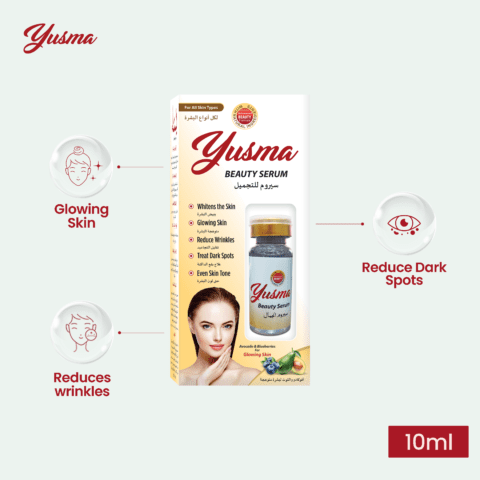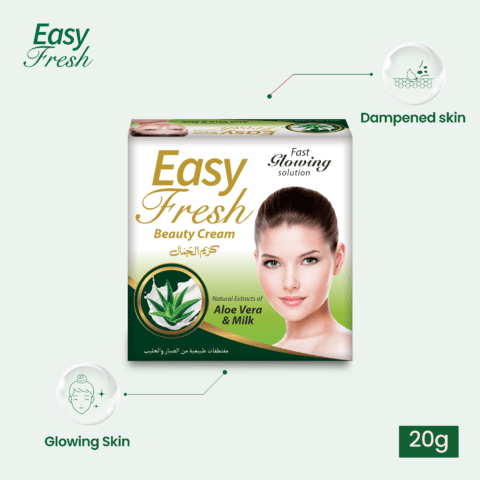In the pursuit of flawless and youthful skin, many individuals turn to cosmetic procedures to combat the effects of aging. Among the various options available, fillers treatment has gained significant popularity due to its effectiveness and immediate results. Fillers are injectable substances that help restore volume, reduce wrinkles, and rejuvenate the skin, providing a refreshed and natural appearance. In this article, we will explore the world of fillers treatment for the skin, its benefits, the procedure involved, possible side effects, and frequently asked questions related to the treatment.
1. Understanding Fillers
1.1 What are Fillers?
Fillers, also known as dermal fillers or soft tissue fillers, are gel-like substances injected beneath the skin’s surface to add volume, smoothen wrinkles, and improve facial contours. These substances are typically made of hyaluronic acid, calcium hydroxylapatite, poly-L-lactic acid, or polymethylmethacrylate beads suspended in a collagen-based gel.
1.2 How Do Fillers Work?
When injected, fillers plump up the skin, reducing the appearance of fine lines, wrinkles, and creases. They work by attracting water to the injected area, hydrating the skin and adding volume. Additionally, some fillers stimulate the production of collagen, a vital protein that enhances skin elasticity and firmness, resulting in a more youthful complexion.
2. Benefits of Fillers Treatment
2.1 Non-Invasive and Quick Procedure
Fillers treatment is non-invasive and does not require surgery. The procedure is relatively quick, often taking less than an hour to complete, making it convenient for individuals with busy lifestyles.
2.2 Immediate Results
One of the main advantages of fillers is the immediate improvement in the treated areas. Patients can notice visible results right after the procedure, boosting their confidence and self-esteem.
2.3 Long-Lasting Effects
While the longevity of fillers varies depending on the type used, many formulations offer long-lasting effects, ranging from several months to over a year, before requiring a touch-up session.
2.4 Natural-Looking Results
Skilled practitioners can achieve natural-looking results with fillers, ensuring that the patient’s facial expressions remain genuine and unaffected.
3. The Fillers Treatment Process
3.1 Consultation and Assessment
Before undergoing fillers treatment, individuals must consult with a qualified cosmetic professional. During this consultation, the practitioner will assess the patient’s skin condition, discuss their aesthetic goals, and recommend the appropriate type and amount of fillers.
3.2 The Procedure
On the day of the procedure, the skin will be cleansed, and a topical anesthetic might be applied to minimize discomfort. The filler will then be injected into specific areas using fine needles. The practitioner will massage the treated areas to ensure the fillers are evenly distributed.
3.3 Recovery and Aftercare
Fillers treatment typically requires minimal downtime. Some temporary side effects, such as redness, swelling, or bruising, may occur but usually subside within a few days. Patients are advised to avoid intense physical activities and exposure to extreme temperatures for a short period after the procedure.
4. Possible Side Effects
4.1 Common Side Effects
Most individuals experience mild side effects after fillers treatment, including redness, swelling, bruising, and slight discomfort at the injection sites. These effects are temporary and usually resolve on their own.
4.2 Rare Side Effects
In rare cases, patients may experience allergic reactions, infections, or granulomas (lumps) at the injection sites. It is crucial to choose a skilled and experienced practitioner to minimize the risk of complications.
5. Frequently Asked Questions (FAQs)
5.1 How Painful is the Procedure?
The procedure involves minimal discomfort, thanks to the use of topical anesthetics and fine needles. Patients might experience a slight pinch or stinging sensation during the injections.
5.2 Can Fillers be Reversed?
In some cases, hyaluronic acid-based fillers can be reversed using an enzyme called hyaluronidase, which dissolves the filler. However, other types of fillers may not have a reversal option.
5.3 Are Fillers Permanent?
No, fillers are not permanent. The longevity of the results depends on the type of fillers used, but they eventually get absorbed by the body over time.
5.4 How Soon Can I See Results?
Patients can notice immediate improvements after the procedure. However, the full results may take a few days to settle in as any initial swelling subsides.
5.5 Is Fillers Treatment Safe?
Fillers treatment is generally considered safe when performed by qualified professionals. However, it is essential to disclose any medical conditions or allergies during the consultation to avoid potential complications.
Conclusion
Fillers treatment offers a non-invasive and effective solution for individuals seeking to revitalize their skin and address signs of aging. With its immediate results and minimal downtime, it has become a popular choice in the world of cosmetic enhancements. However, individuals considering fillers should always consult with a skilled and experienced practitioner to ensure safe and satisfactory outcomes. Remember, your skin deserves the best care and attention!




Leave a comment
Your email address will not be published. Required fields are marked *